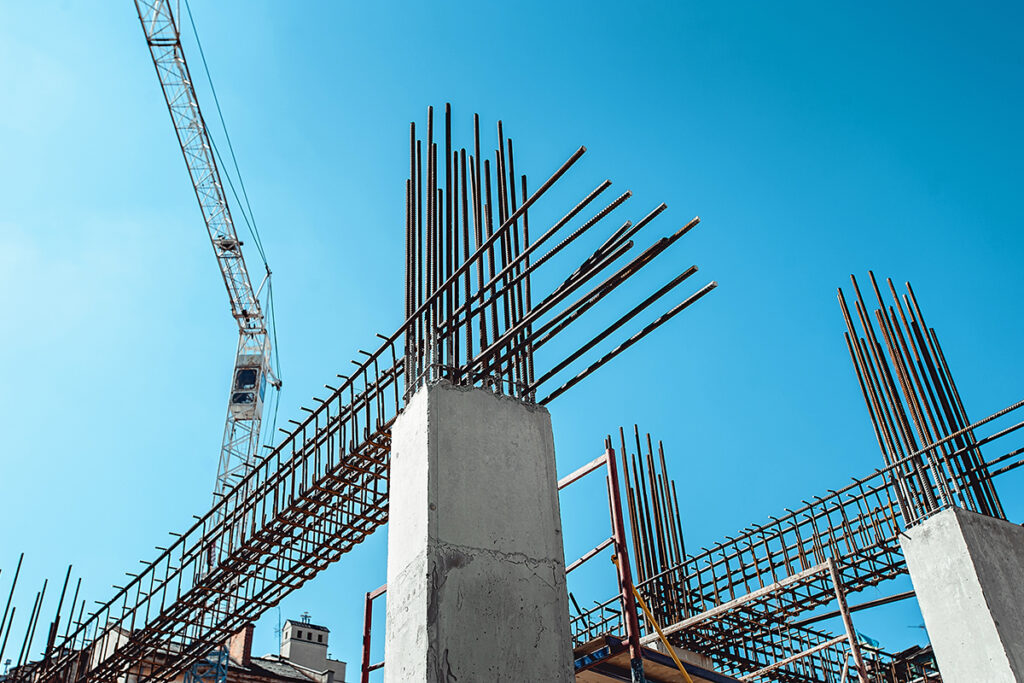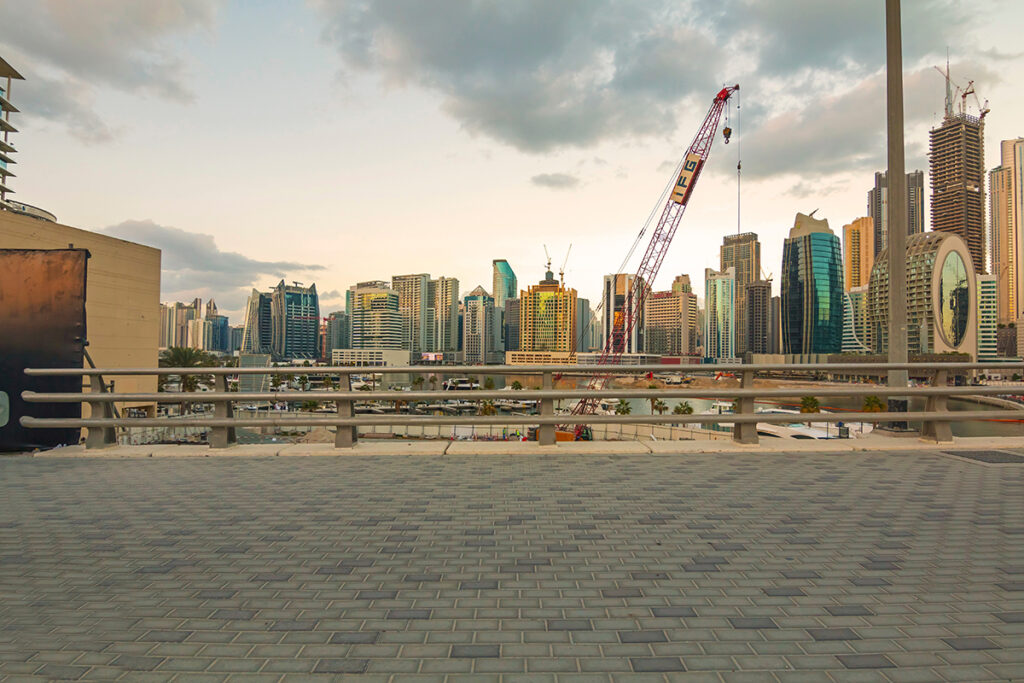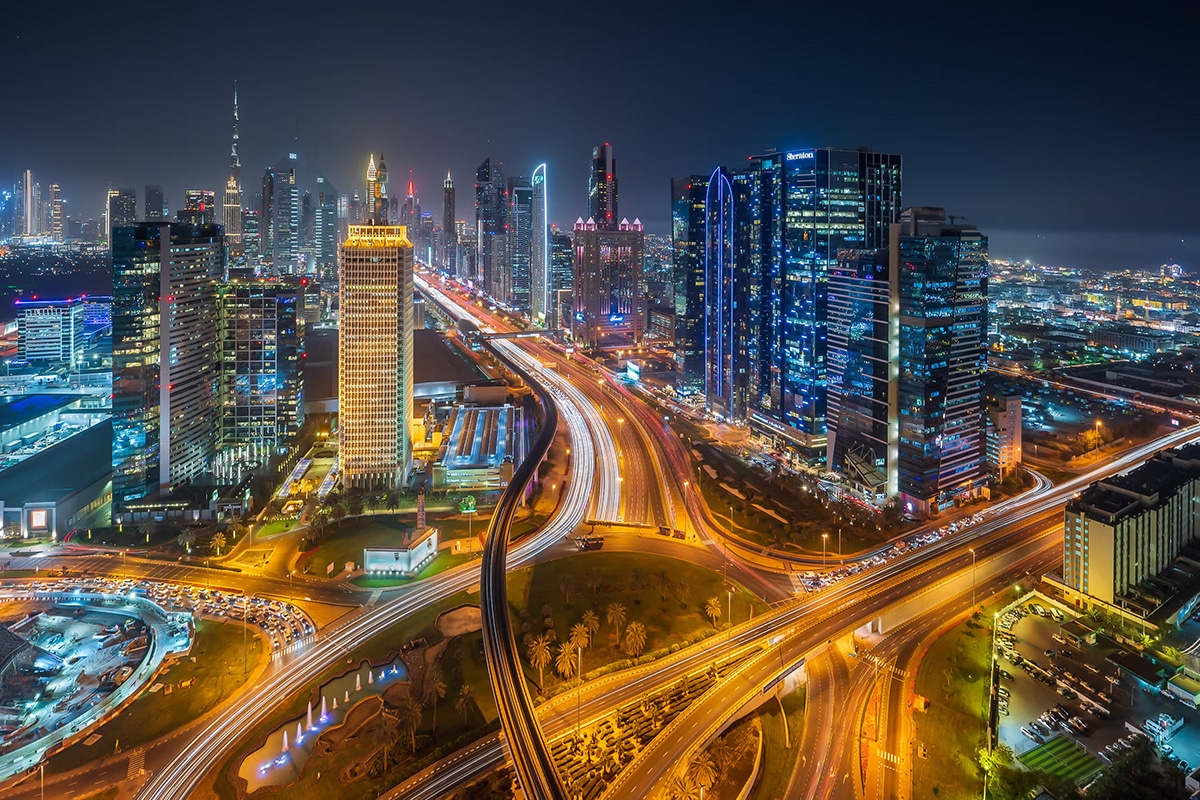Rising material prices are fundamentally reshaping how developments are planned, financed, and built in the emirate of Dubai, forcing strategic changes with potential long-term ramifications for the construction industry. Amid these fluctuating market conditions, developers are grappling with new challenges that differ significantly from previous economic disruptions.
According to Ben Bandari, CEO and founder of BenCo and DevCore, the current tariffs are uniquely impactful because they target global supply chains and material costs, rather than just shifting financial markets or oil prices. He adds that the current crisis is marked by managing higher costs and logistical complexities, in stark contrast to past hurdles that primarily stalled projects due to funding shortages.
Material Costs Trigger Project Redesigns
Materials like steel, aluminum, and glass are seeing particularly high price increases due to global tariff policies, prompting many developers to rethink their project designs. Bandari notes that developers in Dubai are particularly worried about the escalating costs of essential construction materials such as those mentioned earlier, along with mechanical, electrical, and plumbing (MEP) components.
Such price volatility is forcing developers to adapt in various ways, including delaying project starts to await more stable pricing or redesigning to incorporate locally available materials. This trend is observed across the industry, with experts noting that ongoing disruptions in trade are exerting inflationary pressures, particularly on materials sourced from key suppliers like China.

Financial Models Face Overhaul
The uncertainty surrounding material costs has prompted notable changes to how projects are financed. Many developers are moving away from relying primarily on buyer payments during the construction phases. Bandari emphasizes that a shift towards securing stronger financial backing up front is gaining importance—developers are increasingly turning to investors, bank loans, or strategic partnerships to fund their projects.
This marks a stark transition in Dubai’s real estate landscape, where off-plan sales have largely driven construction funding. Additionally, developers are adjusting their financial planning by incorporating larger contingency budgets to prepare for unexpected price hikes in materials. Some are opting to break larger projects into smaller phases for easier cost management.
Such proactive financial management has become crucial in light of market unpredictability, as industry experts recommend that developers develop robust plans rather than depending solely on client investments.
While demand for affordable and mid-income housing is particularly vulnerable due to tight profit margins, luxury projects also face unique challenges owing to their reliance on expensive imported materials that have become harder to procure.

Supply Chains Shift Towards Regional Sourcing
In the face of global supply chain disruptions, Dubai’s developers are increasingly pivoting towards sourcing materials closer to home. Bandari points out that many are now looking to locally sourced materials and suppliers from countries with less tariff risk to manage costs and avoid delays. Basic construction materials like cement and steel are now more frequently obtained within the UAE or from nearby countries, such as Turkey and India.
This locational pivot not only aims to reduce dependency on more volatile global markets but could also enhance regional manufacturing, potentially transforming supply networks over the long term. However, certain sectors within the UAE, particularly aluminum, face challenges under the burdensome new tariff regime.
The US tariffs on UAE aluminum exports could create added pressure. While the country’s low-cost production base might cushion the blow, concerns loom regarding disruptions to Dubai’s re-export model. Bandari warns that if US enforcement starts targeting minimal processing or transshipment, it could have cascading effects on space absorption and investor confidence within logistics corridors.
Currency Fluctuations Present Opportunities
While challenges abound, some experts highlight potential opportunities emerging from the evolving tariff landscape, particularly in relation to currency fluctuations. Bandari notes that Dubai developers are leveraging currency variances to attract overseas investors. With the UAE dirham’s stability linked to the US dollar, fluctuations in other currencies like the British pound and Indian rupee can make Dubai properties increasingly attractive to international buyers.
This dual approach allows developers to implement tailored marketing strategies targeting buyers from nations experiencing favorable exchange rates. As Chris Whitehead of Dubai Sotheby’s International Realty observes, any depreciation in foreign currencies often spurs demand for UAE real estate among overseas buyers.

Dubai Trade Hub Status Strengthened
The evolving tariff situation further strengthens Dubai’s role as a vital trade hub, creating unexpected benefits for developers. As global trade dynamics shift, more businesses are eyeing Dubai as a base for shipping, storage, and manufacturing, thus generating demand for warehouses and commercial spaces beyond residential projects.
Industry analysts have noted that Dubai’s free zones are likely to become increasingly attractive for companies looking to restructure their supply chains to avert high import duties. This could catalyze new opportunities, with companies relocating parts of their operations to Dubai to capitalize on the city’s favorable trade environment.
Despite the mounting challenges, industry leaders maintain that Dubai has consistently shown resilience in the face of global economic disarray. The emirate’s advantageous tax structure and lower tariff rates compared to many global markets further bolster its appeal as an investment destination.

